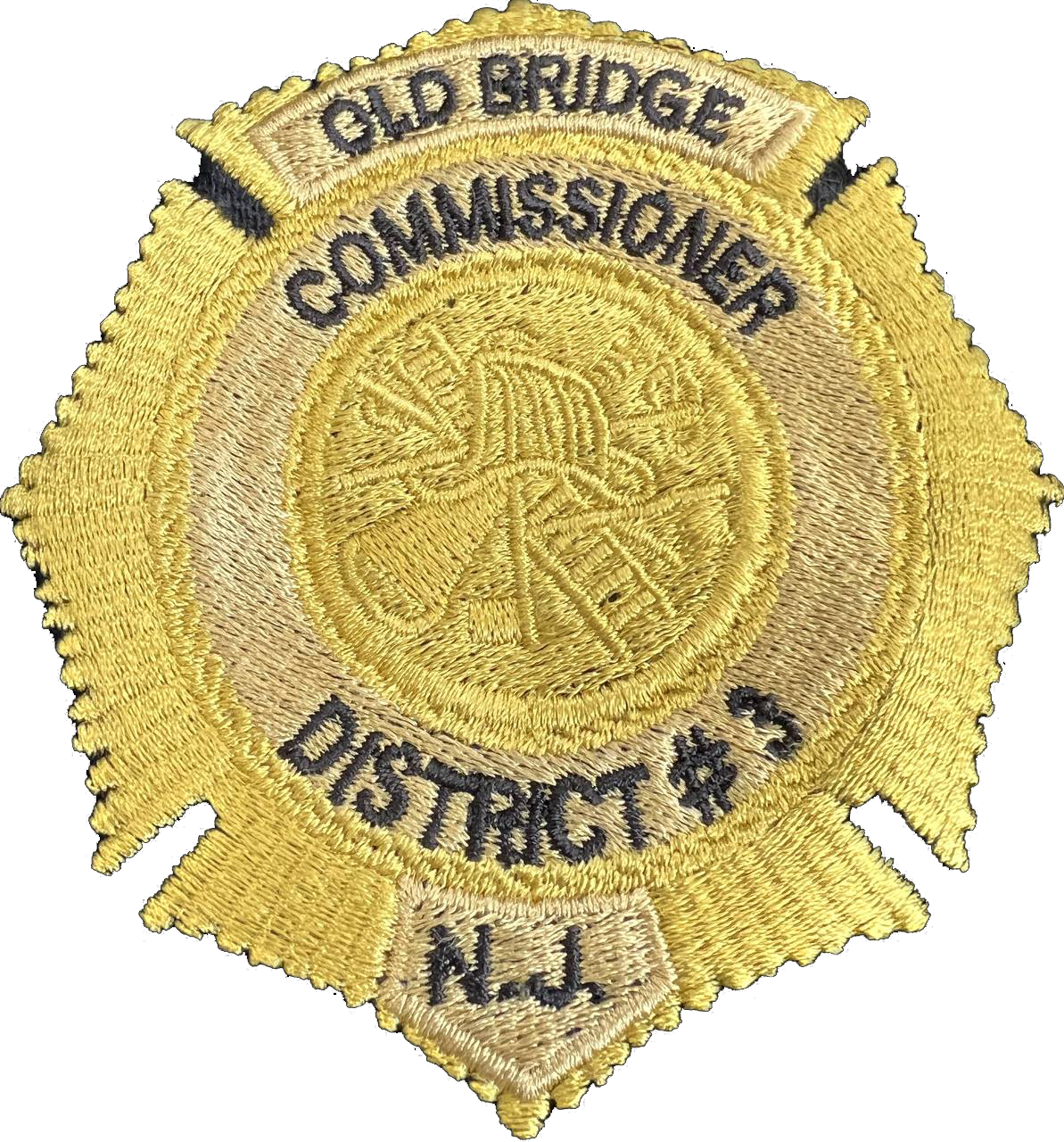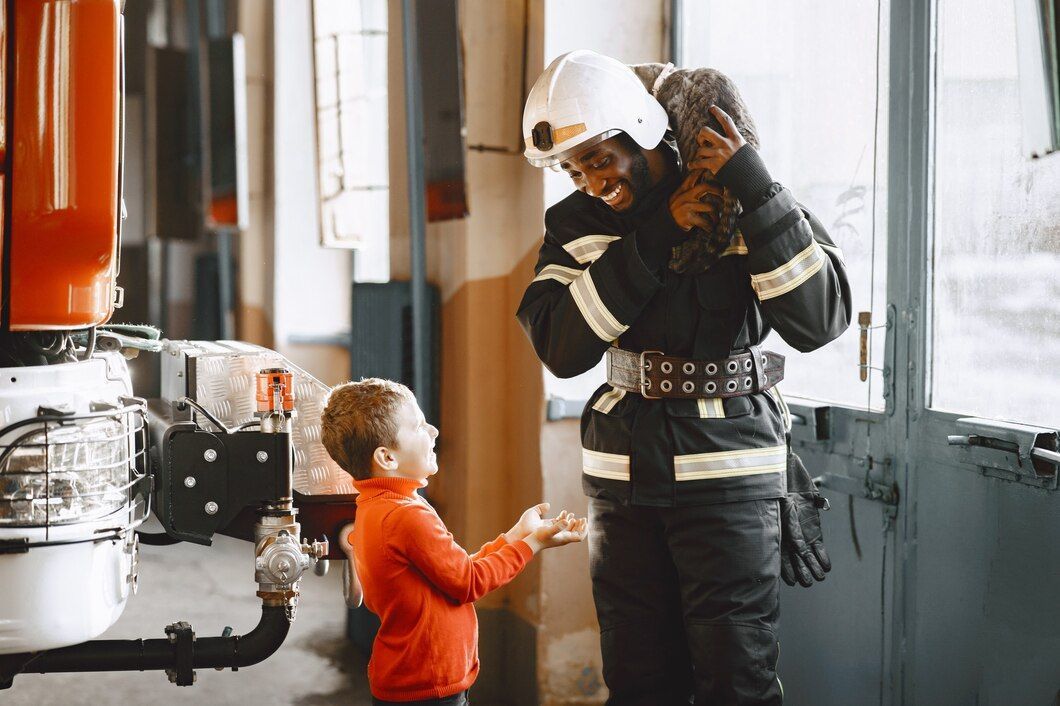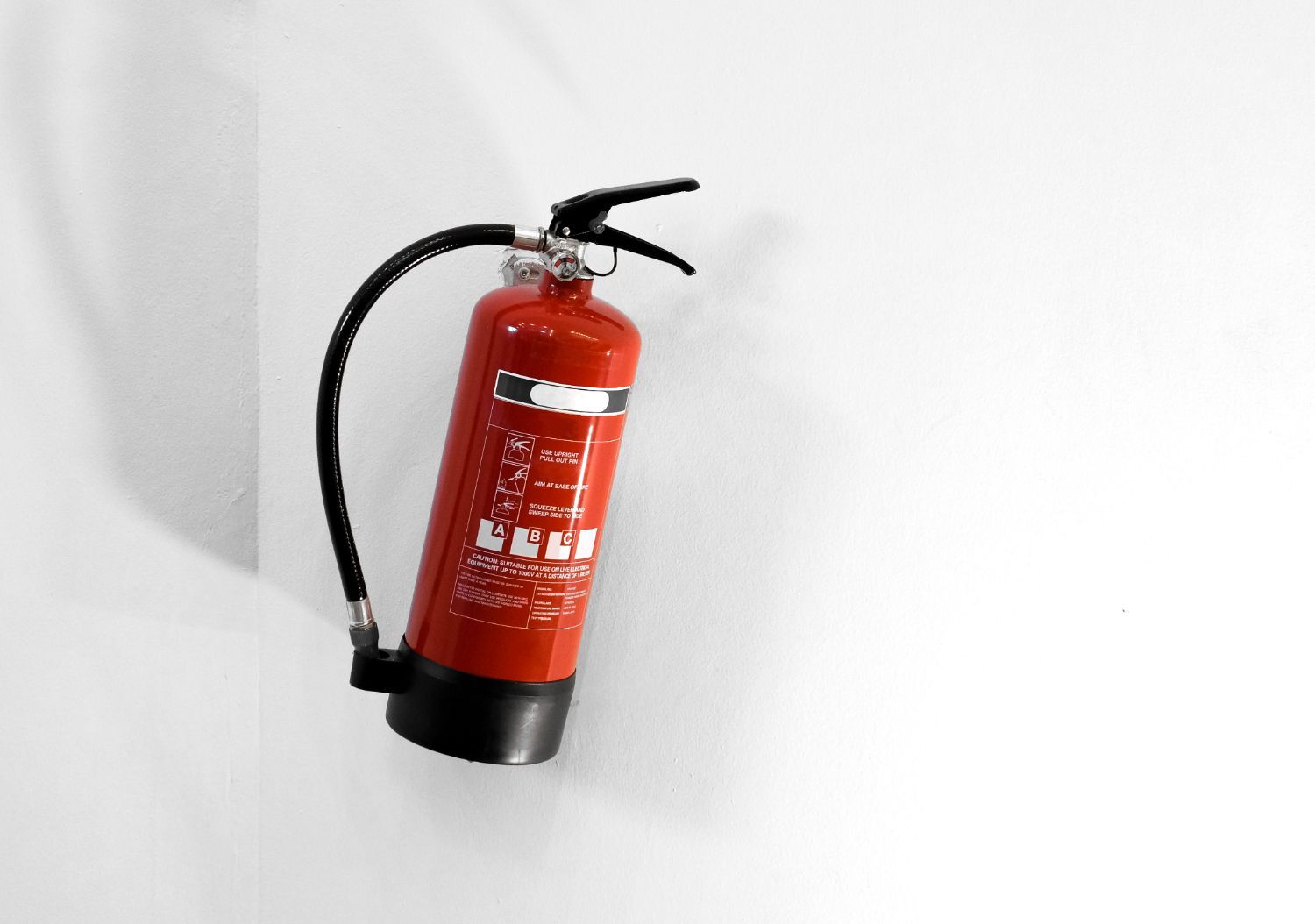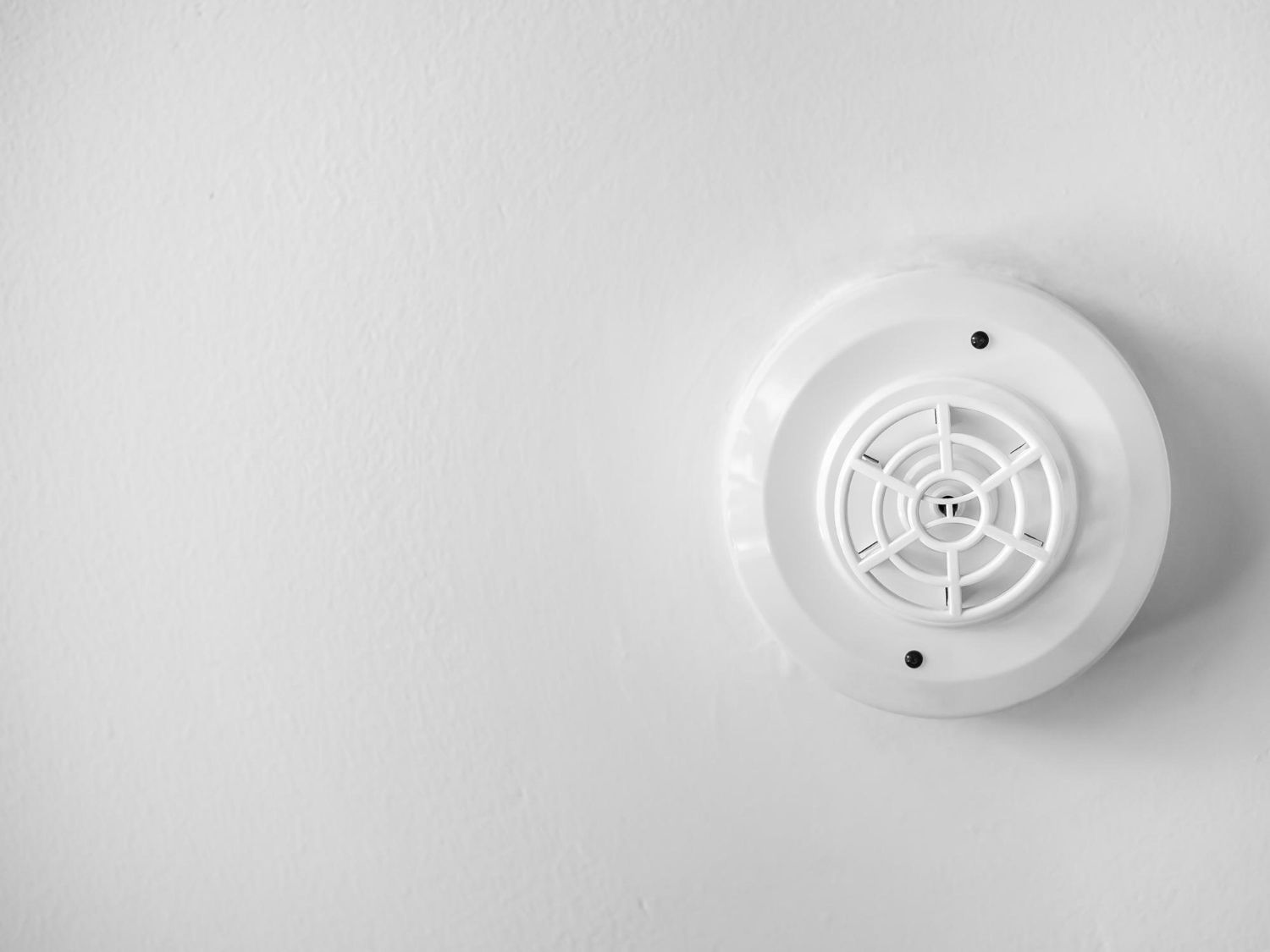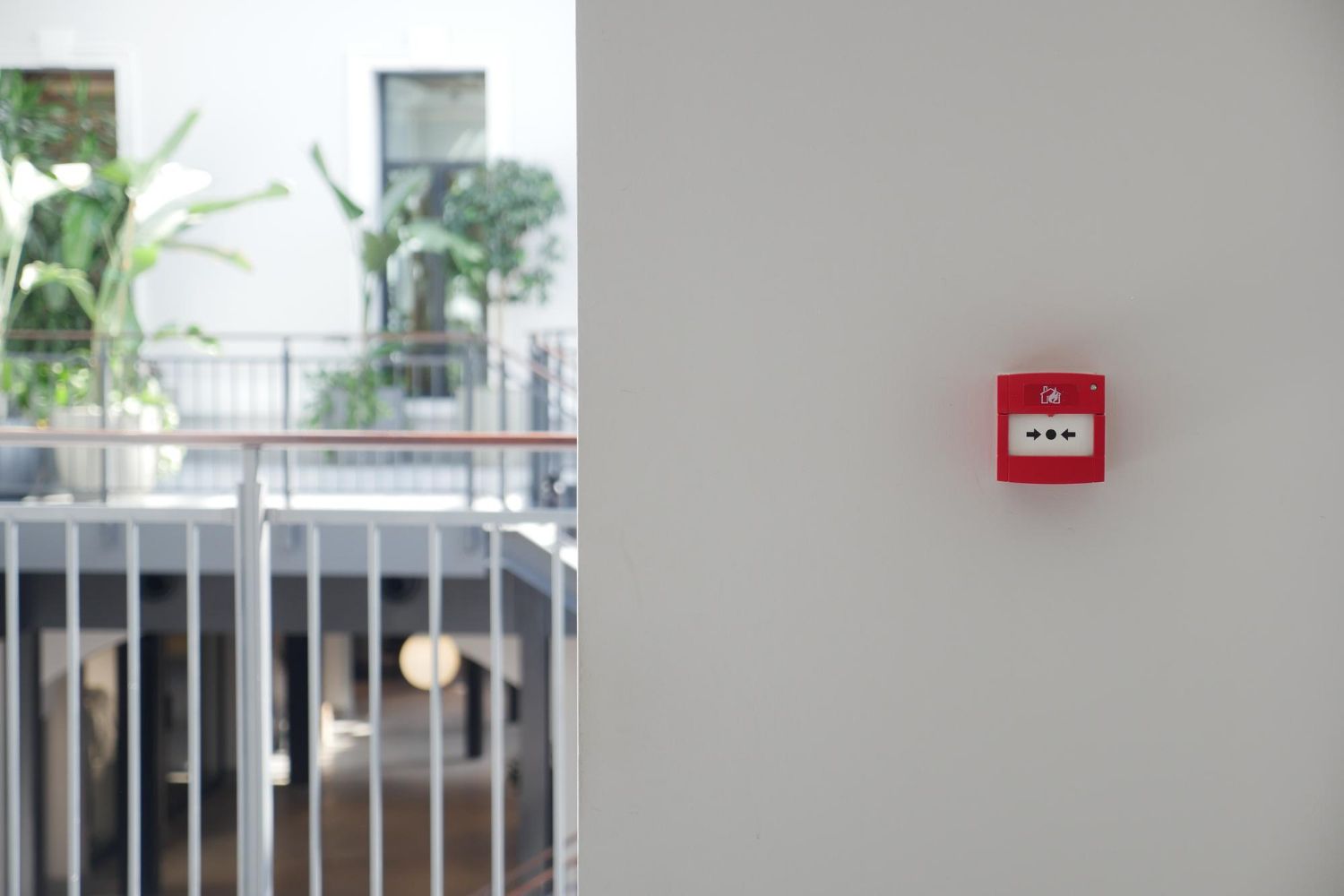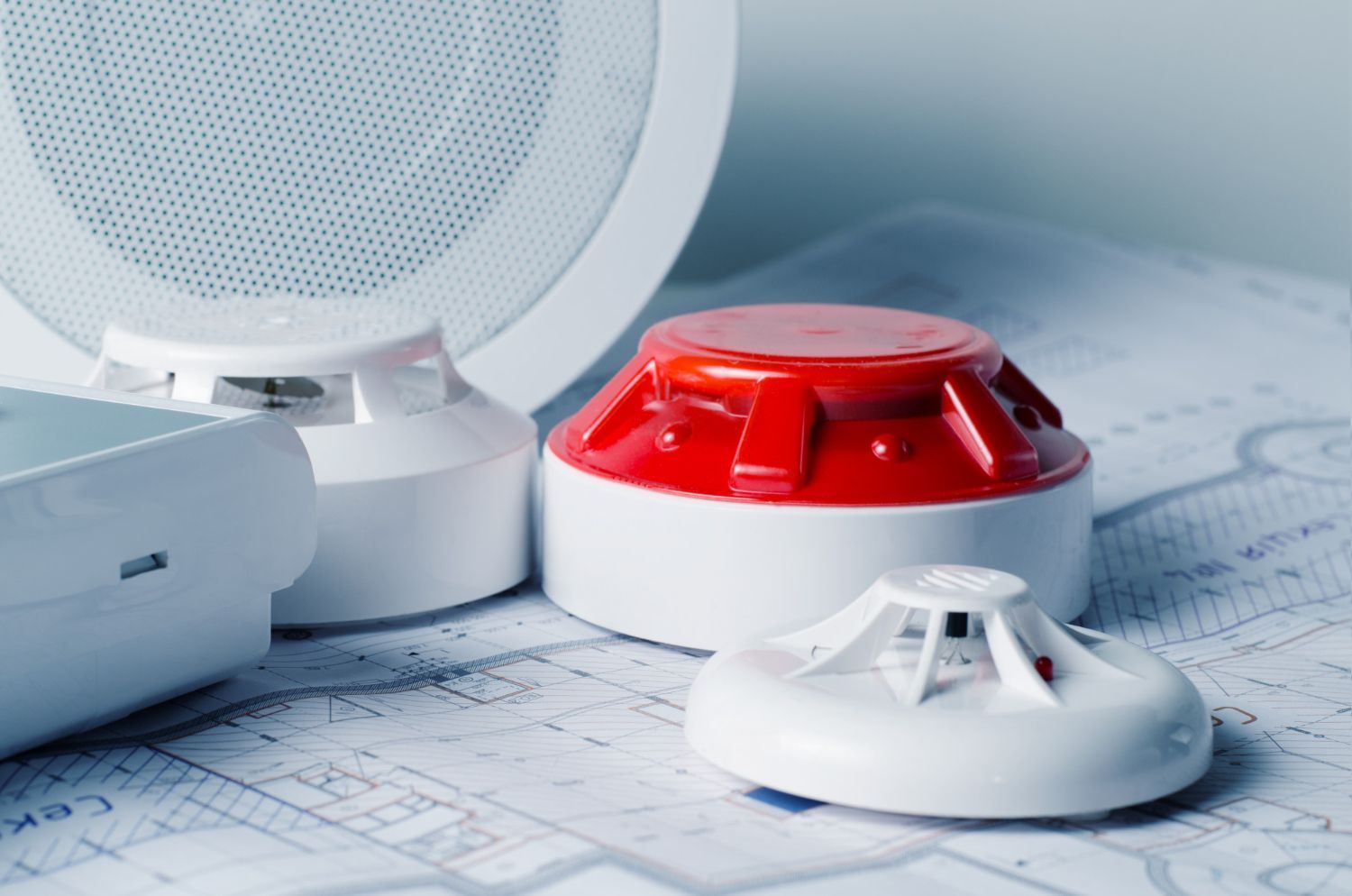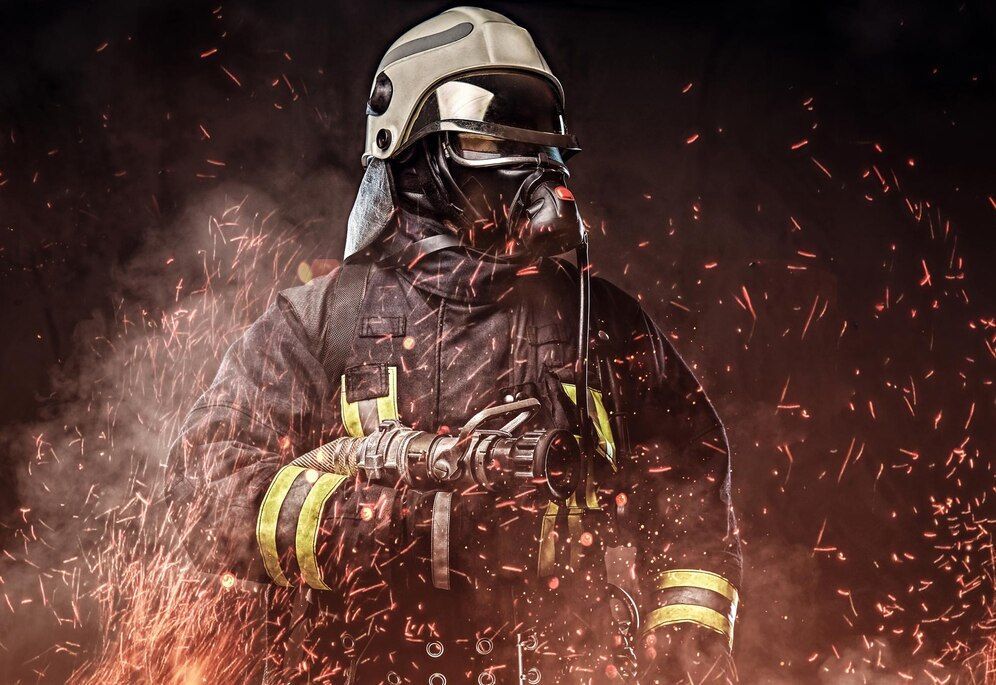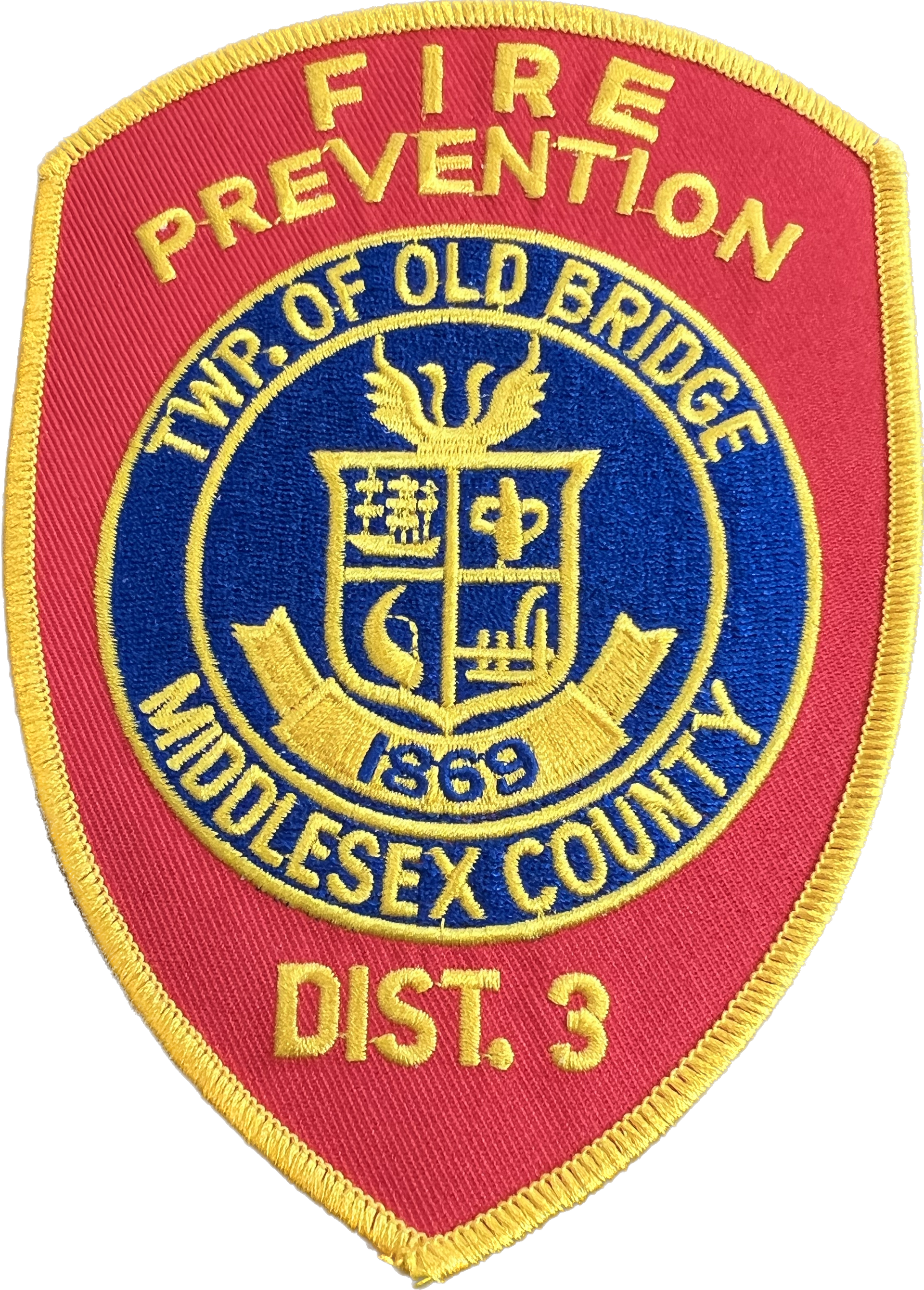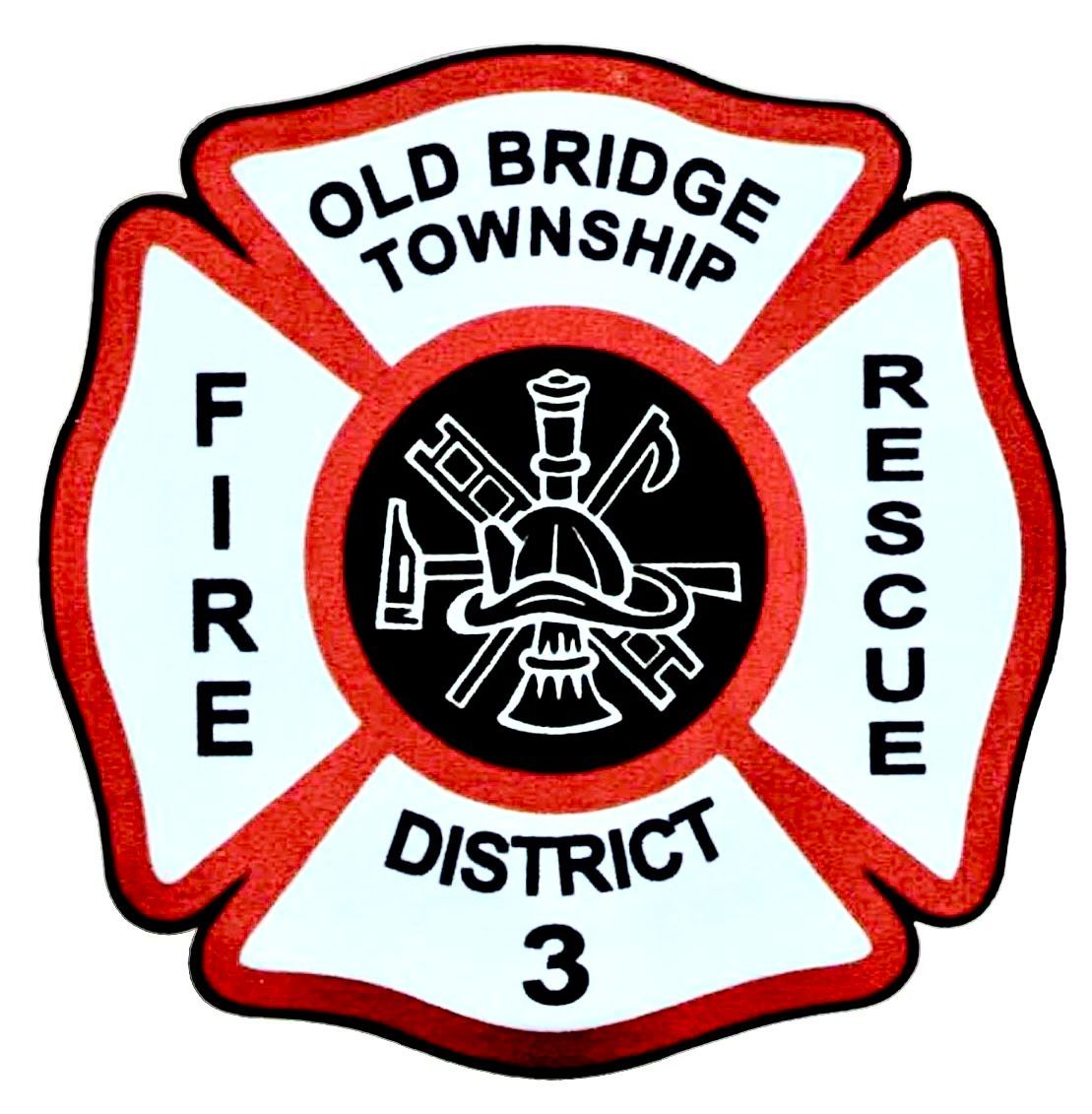Fire Safety Tips for People Who Rent Apartments

Living in an apartment comes with its own set of fire safety concerns. Unlike single-family homes, apartment buildings house many people nearby, making practicing good fire safety habits even more critical. Understanding your building’s fire safety features, having a solid plan, and knowing what to do in an emergency can save lives.
Read on to learn important fire safety tips that every apartment dweller should know. This guide will help you stay safe and prepared in your rented home.
Know Your Building’s Fire Safety Features
Understanding the fire safety features in your apartment building can save your life. The first step is to know where the fire alarms and smoke detectors are located. Make sure you recognize their sounds so that you can react immediately if they go off. Also, learn where the fire extinguishers are placed. Knowing these locations can help you act quickly if a fire starts.
Next, find out if your building has a sprinkler system. Sprinklers can slow down or even put out a fire, giving you more time to escape. If your building has fire exits, memorize their locations. These exits are often the safest and quickest way out during an emergency. Sometimes, the best escape route is not through the main entrance but through another exit.
Don’t forget to check the fire safety signs posted in the hallways. These signs usually tell you where to go and what to do in case of a fire. Reading and understanding these signs before an emergency will help you stay calm and make the right decisions during a fire. Knowing your building’s fire safety features can better prepare you to protect yourself and your loved ones.
Everyday Fire Safety Practices in Your Apartment
Practicing fire safety every day is crucial to preventing fires in your apartment. One of the most important things to do is keep your kitchen safe. Never leave cooking food unattended. Turn off the stove, oven, or cooking appliances when not used. Clean the grease buildup from your stove and oven, as grease can easily catch fire.
Another essential practice is to avoid overloading electrical outlets. Plugging too many devices into one outlet can cause it to overheat and spark a fire. Regularly check the cords of your appliances to ensure they are not frayed or damaged. Replace any damaged cords immediately to prevent electrical fires.
If you use candles, always blow them out before leaving the room or going to bed. Place candles in sturdy holders and avoid flammable items like curtains or paper. Additionally, if you smoke, do so outside and properly dispose of cigarette butts in a metal container.
Lastly, keep your apartment clutter-free. Clutter can block exits and provide fuel for a fire. Ensure items like clothes, paper, and other flammable materials are stored properly. Following these everyday fire safety practices can reduce the chances of a fire starting in your apartment.
Creating an Emergency Escape Plan
Having an emergency escape plan is essential for everyone living in an apartment. Start by drawing a simple map of your apartment, marking all the exits and pathways. Include the main door, windows, and any fire escape routes. Ensure each room has at least two ways to exit if one path is blocked by fire.
Next, choose a safe meeting spot outside where you and your family or roommates can gather if there's a fire. This spot should be far enough from the building to avoid danger but close enough to reach quickly. A nearby tree, mailbox, or corner can be a good meeting place.
Practice the escape plan with everyone in your household. Conduct fire drills at different times of the day to ensure everyone knows what to do in various scenarios. Teach younger children how to escape on their own if they need to. Emphasize the importance of not stopping to collect belongings and heading straight to the exit.
Inform guests about your escape plan whenever you have visitors. Post the escape routes and meeting place somewhere visible, like the refrigerator door. Regularly review and update your plan to keep it practical. Your emergency escape plan can make a life-saving difference when everyone knows what to do.
What to Do in Case of a Fire
If a fire breaks out, stay calm and act quickly. Before opening the door, test it to see if it’s hot. Use the back of your hand to avoid burns. If the door is cool, open it slowly and check for smoke or flames on the other side. If there's smoke, stay low to the ground as you make your way out, as the air is more unmistakable closer to the floor.
If your primary escape route is blocked, use your second exit. Always have two ways out of each room. Close doors behind you to slow the spread of flames and smoke. If you cannot escape, seal the cracks around the door with towels or clothing to keep out smoke. Call 911 and signal for help from a window.
Never use elevators during a fire. Elevators can malfunction or take you to a floor where the fire might be. Instead, use the stairs. Once you leave the building, go directly to your designated meeting spot and do a headcount to ensure everyone is safe.
Do not re-enter the building for any reason. Let the firefighters do their job. They have the skills and equipment to rescue anyone trapped inside. Following these steps can increase your chances of getting to safety quickly and effectively.
Conclusion
Fire safety in apartment living is crucial to protecting yourself and those around you. Knowing your building’s fire safety features, practicing everyday fire safety habits, having a solid emergency escape plan, and knowing what to do in a fire can significantly reduce the risk and improve your chances of staying safe during an emergency.
Being prepared and aware can make all the difference regarding fire safety. Don’t wait for an emergency; take proactive steps to ensure your apartment is as fire-safe as possible. These actions will help you respond quickly and keep you and your neighbors out of harm's way.
For more information on fire safety and protection measures, visit the Board of Fire Commissioners, Fire District 3, Township of Old Bridge. Our
fire department service is committed to helping you stay safe and informed.
